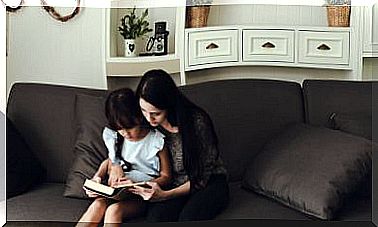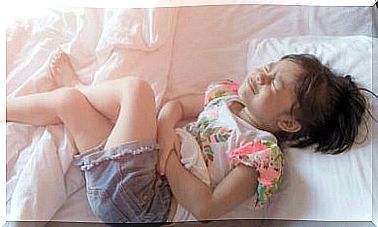Incubator: What It Is And How It Works
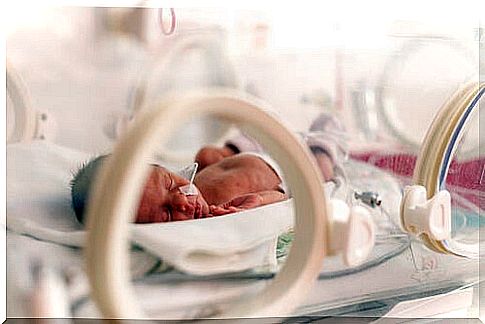
Everyone has seen an incubator at some point in their life and knows, broadly speaking, its function. In this article we will detail how exactly this wonderful device works, which has reduced the cases of infant mortality considerably, especially in less developed countries.
The incubator is a closed chamber that is intended to provide an environment conducive to the maturation of premature or newborn babies. It is made of transparent material, has a padding to put the baby to bed and has air inlets and windows.
In addition, they include control systems that allow to know in real time the weight, heart rate and brain activity of the child. That is, they indicate minute by minute the actions carried out by the baby’s body.
Incubator functions
There are certain characteristics that an incubator must have in order to fulfill its objective effectively. These are the main ones:
- Servo control: it is a sensor that is stuck on the baby’s skin to measure its temperature. If it is low, the incubator automatically emits heat. If it is high, it does the opposite.
- Insulation: one of the essential tasks of these devices. The air filters in the incubator keep germs and allergens outside. That is why it is such an important element for babies with problems in their immune system.
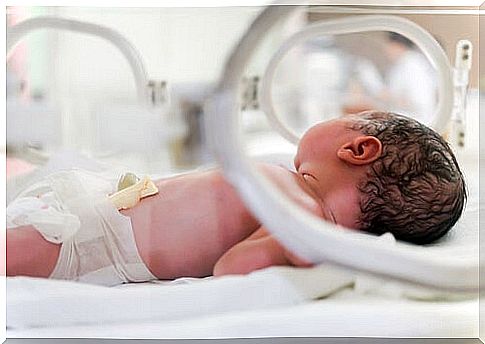
- Humidity sensors: in the same way that the temperature is controlled, the humidity inside the appliance is measured. If there is too little, it could contribute to the dehydration of the baby.
- Oxygen source: in order to prevent respiratory diseases in neonates, the incubator offers an environment with high oxygen content.
- Assisted breathing: In severe cases where babies cannot breathe on their own, they are incubated and a pump is placed to help them complete this process mechanically.
- UV rays: the ultraviolet light from the incubator -which is administered in moderate amounts- is used for the activation of endogenous vitamin D and to combat jaundice, which is the yellowish color that is perceived in the skin of some newborns.
When is the baby placed in the incubator?
As we pointed out before, the incubator provides the fundamental tools for the control of the functions of the newborn. Likewise, it allows to isolate it from the threats of the environment that can cause complications in such small and, many times, defenseless beings.
The most common cases in which it is necessary to place the baby in an incubator are these:
- Birth of premature babies: a baby who has not exceeded 37 weeks of pregnancy is considered premature. This can be caused by a number of reasons, such as high blood pressure in the mother or complications in late pregnancy. The incubator allows to shelter them until their development is complete.
- Low birth weight: Low birth weight babies are those weighing less than 2.5 kilograms at birth. Whether it is a premature or early birth, the incubator is responsible for protecting the baby while the nutrients that his body needs are supplied orally or by infusion.
- Difficulties in maintaining temperature: as it has a constant temperature, the incubator makes it possible to counteract this deficit.
- Immune system deficiencies: until they develop the capacity for self-defense against pathogens, babies – generally premature – are kept in this environment free of germs and microbes that may pose a threat to their health.
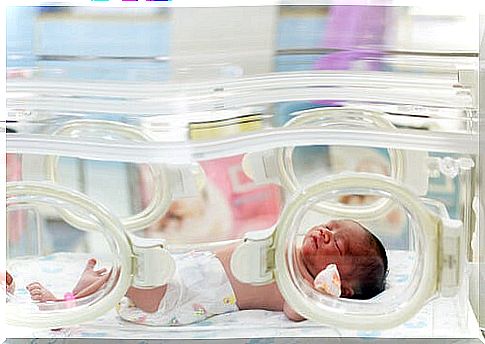
However, there may also be other circumstances that make this incubation period necessary:
- Bone fragility or muscle weakness.
- Lack of maturation in the lungs.
- Neurosensory developmental deficit.
- Absence of the sucking reflex, which prevents it from feeding on its own.
What to do if my baby is in the incubator?
First of all, parents should consider that when a baby is in the incubator it is very well cared for. Control is constant and your needs are fully covered, so this should not be a concern.
In addition, the fact that it requires a few days of incubation does not mean that your health is at risk. Incubation is often used precisely as a period of “adaptation to the world”. Once it finishes developing properly, you can return to normal life.
Finally, the visitation regime depends on the institution and also on the health situation of each baby. The neonatology area is usually very restricted, so visits are limited to the bare minimum.
Try to stay calm and be patient: soon you will be able to enjoy your child at home and lead a completely normal life.







